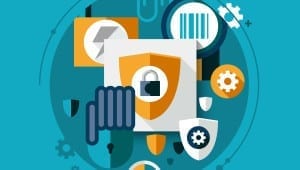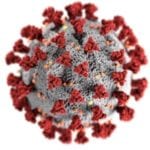Unisys has released updated versions of its flagship Stealth(identity) platform and its Software-as-a-Service (SaaS) counterpart. Stealth(identity) 2.7 and Stealth(identity) SaaS 2.0 introduce basic performance improvements and are intended to help organizations address the high volume of COVID-19-related scams.

“Both businesses and consumers have had to balance health concerns with the rapid shift to working remotely, while simultaneously facing a dramatic rise in cyberattacks,” said Unisys Vice President Chris Kloes. “As a result, identity management is more important than ever and Stealth(identity) gives clients a simplified, cost-effective way of combating identity fraud.”
Stealth(identity) is an enterprise-grade security solution that utilizes biometric technology to verify the identities of customers and employees. The tool can be used to cover physical and digital channels, and supports behavioral biometrics in addition to face, fingerprint, voice, and iris recognition. All of those modalities can be deployed as part of a single sign-on setup to add a layer of biometric security to sensitive workplace applications.
The software itself comes with backend management capabilities and allows organizations to integrate new biometric modalities in the future.
Unisys notes that identity theft is one of the top concerns for consumers in America and around the world. The FTC has already received more than 124,000 complaints about fraud schemes that exploit COVID-19, and someone has lost money in nearly half (48 percent) of those complaints.
The original Stealth(identity) platform debuted in March of 2019. Unisys then followed that up with the SaaS version of the solution in November. The company has since advocated for better biometric security practices in the air cargo industry, and delivered a new Enterprise Biometric Identification System for the Australian Department of Home Affairs. The EBIS will be paired with a Multi Biometric Search Services product from IDEMIA and will help to make the Department’s border screening processes more efficient.
–
July 20, 2020 – by Eric Weiss







Follow Us